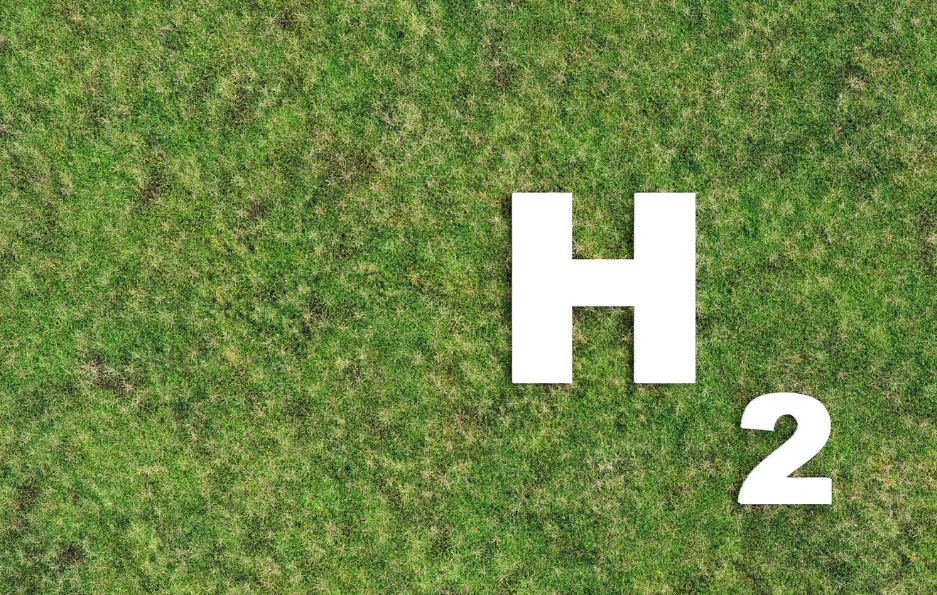La Française de l’Énergie (FDE) is moving ahead with a new drilling campaign in Lorraine aimed at producing methane from coal seams and exploring recently discovered natural hydrogen resources.
The project builds on past certifications of Lorraine’s reserves. Independent assessments by IFP Énergies Nouvelles in 2015–2016 and MHA (Sproule Group) in 2018 confirmed more than 2.1 billion cubic meters of recoverable coalbed methane in the 191 km² Bleue Lorraine concession. Located at depths of roughly 1,000 meters, the coal seams contain methane with high calorific value. Unlike shale gas extraction, FDE emphasizes that the production process will not involve hydraulic fracturing. Instead, methane will be released by lowering pressure in the coal matrix, which naturally allows desorption and flow through horizontal drains.
The campaign, scheduled to begin in autumn 2025, carries an estimated budget of €15 million and covers three main drilling operations: adding collection drains to an existing well (CBR-1), drilling a new production well (CBR-2), and executing a 4,000-meter exploration well (PTH-2) at Pontpierre. The latter aims to investigate Lorraine’s natural hydrogen potential—an area that has attracted increasing academic and industrial attention since initial discoveries in 2023. More than 40 FDE employees and subcontractors will be deployed for the year-long program, with all well completions to be verified by independent experts and government inspectors under French safety and environmental regulations.
The environmental claims associated with this project warrant scrutiny. A 2016 study by the Institute for Energy and Environmental Research (Heidelberg) found that Lorraine-produced methane could have a carbon footprint up to ten times lower than imported gas, primarily due to avoided transport emissions. However, coalbed methane remains a fossil fuel, and its contribution to France’s 2050 carbon neutrality targets will depend on whether FDE’s proposed valorization strategies—such as carbon capture and utilization, or conversion into low-carbon hydrogen—are commercially and technically viable.
The natural hydrogen angle may prove more consequential in the long term. Geological surveys under the REGALOR program, supported by the University of Lorraine and the CNRS, identified dissolved hydrogen in deep aquifers in Moselle. If confirmed at scale, this so-called “white hydrogen” could position France at the forefront of a new supply chain, offering a domestic source of clean hydrogen close to industrial clusters and planned hydrogen corridors. Yet global experience with commercial extraction of natural hydrogen remains limited, and the economics of large-scale deployment remain uncertain.
Regional policymakers are likely to view the drilling program as an opportunity for local investment and job creation.
Stay updated on the latest in energy! Follow us on LinkedIn, Facebook, and X for real-time news and insights. Don’t miss out on exclusive interviews and webinars—subscribe to our YouTube channel today! Join our community and be part of the conversation shaping the future of energy.
